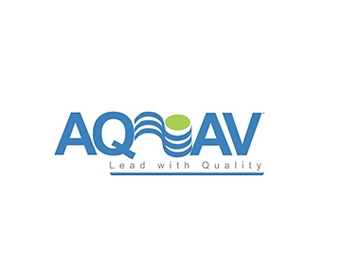It is much more difficult and expensive to fix a mistake in the design and/or installation of the audiovisual system if it is detected later in the project cycle. Making corrections and improvements during the design stage is always preferable to catching them at the end of the project.
This idea is the foundation of Quality Assurance instead of Quality Control. Quality Assurance includes checks and measures at strategic points in the project process to ensure that the system is aligned with the client’s needs. Quality Control only tests the system at the end of the project.
It stands to reason that the design review is one of the most important checks and balances in the project process. The cost of change is at a minimum and the opportunity for influence is at a maximum. A proper and complete design review will often be the difference between successful and disastrous projects, or stated differently, the difference between satisfied clients and ex-clients.
The CQD program does NOT train you on how to design a system. It addresses the skills that are required to adequately review a design, ensure that it will perform as stated in the specification, and prepare the student to apply auditing skills to accomplish this. These skills are absolutely required to be a successful audiovisual designer or engineer, and will tremendously increase your clients’ satisfaction (and your profits).
Course Outline:
* Quality Principles and definitions
* Fundamentals of auditing AV; working within a QMS (Quality Management System)
* Contract Review
* Client performance checklist; AV metrics
* AV Calculations
* Design Review/Engineering Review
* Display
* Audio
* Power, control, heat load
* Networking
* “General issues”
* The Design Review Report
* Practicum
* Examination and Registration
Course Details:
* Three-day, on-site course.
* Continental breakfast and lunch included
Prerequisites:
* CTS-D, or four years experience in the design of engineered audio visual systems that includes job tasks such as creating an unambiguous document model of the AV system for it to be built, installed, and tested, and predicting the audio and visual performance of a design before it is built.
* An understanding of the mathematics behind these tasks is essential when predicting the performance. InfoComm International’s “AV Math for Design” is recommended.
* Students MUST bring a laptop, capable of WiFi access and be able to access Microsoft Office documents.
* Cost: $2,150 per individual training non-members ($1,650 members), includes membership, class, and certification examination. Certification is valid for three years.
For more information, visit www.AQAV.org or contact Malissa Dillman, Director of Education & Training for Kramer Electronics at 770/570-8538 or [email protected].











